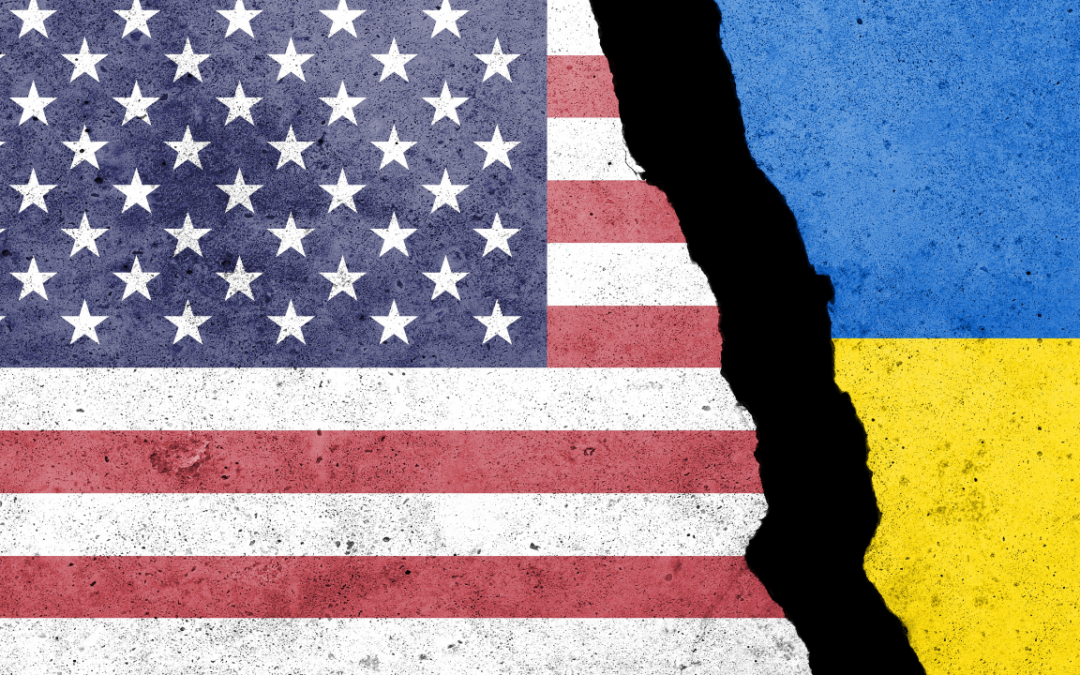This past week investors were jolted by yet another high US inflation report. Annual consumer price inflation accelerated in October to a 6.2% rate. Stripping away more volatile food and energy prices, the ‘core’ rate of inflation came in at 4.9%. Both measures are at thirty-year highs.
Within the details, the numbers were equally distressing. Previous areas of low inflation, such as rents, have begun to tick higher. Prices of items where economists had anticipated a peaking of price pressures, such as for used cars, surged again. Measures of inflation that remove outliers (trimmed mean approaches) show adjusted inflation running at its fastest rate in decades.
Wages are also rising at nearly a 5% clip, keeping pace with ‘core’ but not ‘headline’ consumer price inflation. Accordingly, labor costs may soon boost inflation (or otherwise crimp corporate profit margins). Wage pressures could even accelerate, given that the average worker is experiencing an erosion of their real incomes. Alternatively, if consumers balk at ‘sticker shock’, demand will slow. The economy might stall.
The expectation of most economists, shared by most members of the Federal Reserve Open Market Committee (FOMC), is that price pressures will soon abate, but that rising wages will both draw workers back to the labor market and help restore household purchasing power. Some view that ‘expectation’ as ‘wishful thinking’. Either way, a lot rests on the outcome, including the health of the economy, the credibility of the Federal Reserve and even the 2022 mid-term elections.
So, inflation bears watching.
On one point there is little disagreement: A key source of price and wage inflation stems from supply rigidities, ranging from shipping bottlenecks to parts shortages and a stagnant labor force participation rate. Logic suggest that higher prices will unlock investment and spur innovation to address shortages of goods, and that higher wages will induce reticent workers back to their jobs.
In time, that view remains valid. Economies are dynamic adjustment mechanisms. Solving the logistical problems of container shipping offers someone a profitable opportunity. Ramping up computer chip production will boost the bottom line of wafer manufacturers. Higher wages and sharp increases in the cost of living will probably nudge reluctant workers back into the labor force.
Yet time is double-edged. The longer and more widespread prices and wages rise, the greater the likelihood that workers and businesses will regard inflation as the new normal. Once that happens, consumers will no longer recoil from higher prices. Firms will budget for higher costs and will more easily hike their prices. Cost of living adjustments, such as those for social security recipients, will become more widespread.
Higher entrenched inflation expectations are an anathema to central bankers. From history, they know inflation expectations are the stuff of stubbornly high inflation. That is the foe their predecessors vanquished—at great cost to the economy—in the 1980s and 1990s.
Central bankers are also conflicted. Because monetary policy failed to deliver enough inflation for most of the past 20 years, central banks intend to permit modest inflation overshooting. Running the economy hot, they believe, will have the added benefit of pushing unemployment sufficiently down to reverse decades of falling labor share in national income. A bit of overheating, so the thinking goes, will boost stagnant living standards, and rectify skewed income inequality.
Central banking has never been easy. But getting inflation right today—a bit hot, but not too hot—is a big ask at a time of extreme shocks, massive fiscal and monetary policy responses, and amid jarring technological change.
Accordingly, the risk of policy error is arguably higher than the collective wisdom of investors reckons.
Two types of policy error are worth considering. First, the Fed might respond too late to genuine overheating, which will then require a harsh tightening to bring inflation back under control. Second, the Fed might mistake a temporary burst of prices for lasting inflation, prompting an unnecessary tightening of monetary policy and avoidable economic harm.
How can policy error be avoided?
It is tricky, but it mostly involves effectively judging inflation expectations and accurately estimating the elasticity of supply responses to changes in prices and wages.
Most investors and economists look at Treasury Inflation-Protected Securities (TIPS) for information on real-time changes in inflation expectations. But those ‘breakeven’ rates are not foolproof. TIPS reflect the view of financial market participants, not ordinary businesses, or workers. TIPS are Wall Street derivatives of Main Street expectations, a potentially imperfect reflection of what is going on.
Accordingly, the Fed must look at other measures. Primarily, those will be surveys of business and consumers. Some of those surveys are in the public domain—for instance, the University of Michigan survey of consumer expectations. But much of the data is collected by the Fed internally and not published in real time.
That means that market participants, journalists and other interested observers will increasingly have to parse Fed statements and speeches for clues about how Federal Open Market Committee members are responding to unpublished data as they deliberate monetary policy choices.
In contrast, the Fed probably does not have special insights into how supply will respond to price and wage signals. The Fed and markets will be watching the same (imperfect) information about a magnitude of gummed up supply that no one has previously witnessed.
For financial markets, 2022 is shaping up to be all about inflation and how central banks respond to it. Recent gyrations in fixed income markets, including rising short rates and falling long rates (curve flattening) suggest that investors are becoming worried about Fed tightening and the prospect for growth. Or are they? Equity markets appear oblivious to that outcome.
As important as the inflation outcome is for financial markets, even more may be at stake. A policy error by the Fed—in either direction—could be irreparably damaging to it as an institution. A bad economy in 2022 could lead to collapse of support for centrist politics and policies, leaving the US even more politically fractured and prone to undemocratic demagoguery.
Inflation has arrived. It may be temporary or it may be longer lasting. It is essential that the Fed and other central banks get it right. If they don’t, inflation’s legacy could be very long.



